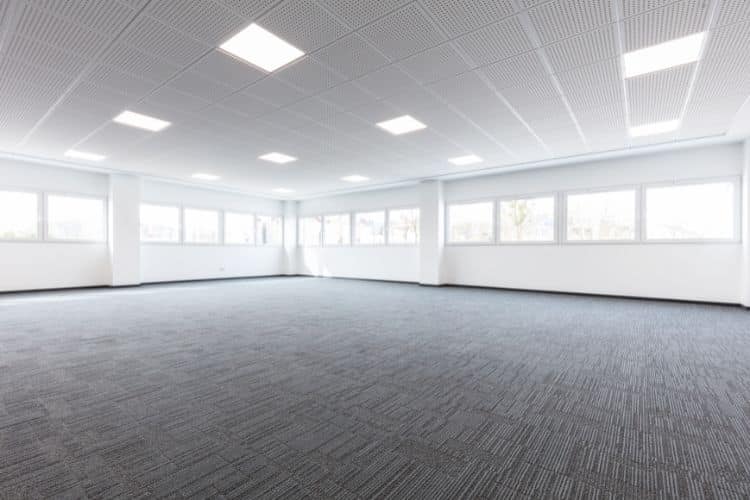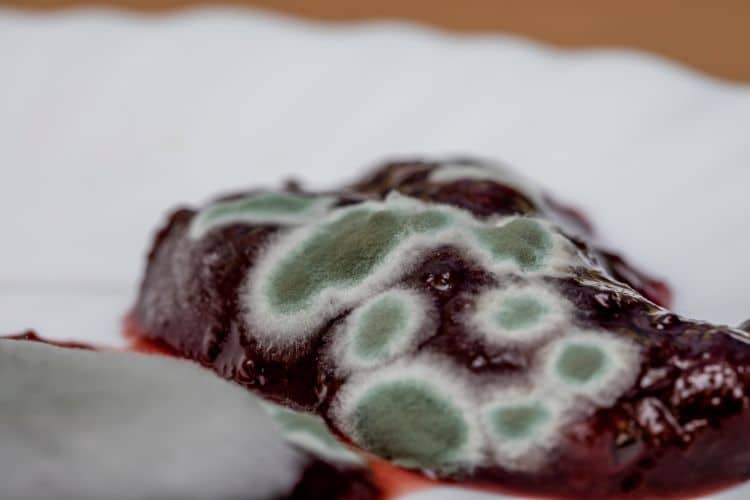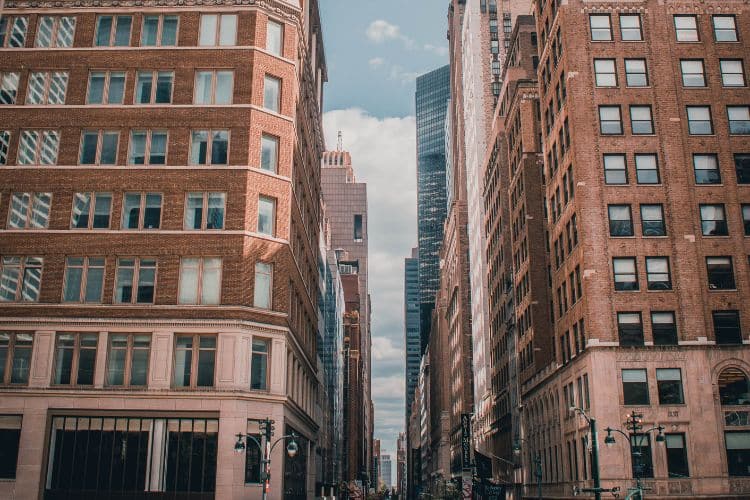In the realm of mold remediation, there is a growing emphasis on eco-friendly methods that are effective yet gentle on the environment. This article provides a comprehensive guide to green techniques in mold remediation, highlighting how homeowners and businesses can tackle mold problems sustainably.
The Shift Towards Eco-Friendly Mold Remediation
Traditional mold remediation often involves harsh chemicals that can be detrimental to both the environment and human health. Eco-friendly methods, on the other hand, focus on using sustainable, non-toxic techniques that are safe for both occupants and the planet.

Key Eco-Friendly Techniques in Mold Remediation
- Natural Cleaning Agents:
- Vinegar, baking soda, and hydrogen peroxide are effective, natural alternatives to chemical mold cleaners.
- These substances can kill mold spores and prevent their growth without the harmful side effects of stronger chemicals.
- HEPA Filtration:
- High-Efficiency Particulate Air (HEPA) filters can trap mold spores and other allergens, effectively cleaning the air without releasing any toxic substances.
- HEPA vacuuming is particularly useful for removing mold spores from porous surfaces like carpets and upholstery.
Green Strategies for Mold Remediation
| Strategy | Description | Benefits |
|---|---|---|
| Natural Remediation Agents | Utilizing vinegar, baking soda, and hydrogen peroxide. | Non-toxic, safe for humans and pets, environmentally friendly. |
| HEPA Filtration | Employing HEPA filters in air purifiers and vacuums. | Effective at capturing mold spores, improving indoor air quality. |
| Proper Ventilation | Enhancing air circulation to reduce mold-friendly environments. | Prevents mold growth by regulating moisture and humidity. |
| Moisture Control | Addressing leaks and dampness promptly. | Mitigates mold growth at its source, reducing the need for remediation. |
| Eco-Friendly Building Materials | Using mold-resistant materials in construction and repairs. | Long-term prevention of mold, reduces future remediation needs. |
- Proactive Moisture Control:
- Controlling moisture levels in homes and buildings is key to preventing mold growth.
- Simple steps like fixing leaks, using dehumidifiers, and ensuring good ventilation can significantly reduce the risk of mold.
- Use of Eco-Friendly Building Materials:
- When repairing or renovating areas affected by mold, using mold-resistant materials like certain types of drywall or paint can help prevent future issues.
- These materials are often designed to be environmentally friendly and sustainable.
Conclusion
Eco-friendly mold remediation is not just a trend; it’s a responsible approach to dealing with a common problem. By adopting green techniques such as using natural cleaning agents, employing HEPA filtration, ensuring proper ventilation, and utilizing eco-friendly building materials, we can effectively address mold issues in a way that is safe for both people and the planet. This approach not only tackles the immediate problem of mold but also contributes to a healthier, more sustainable environment in the long




